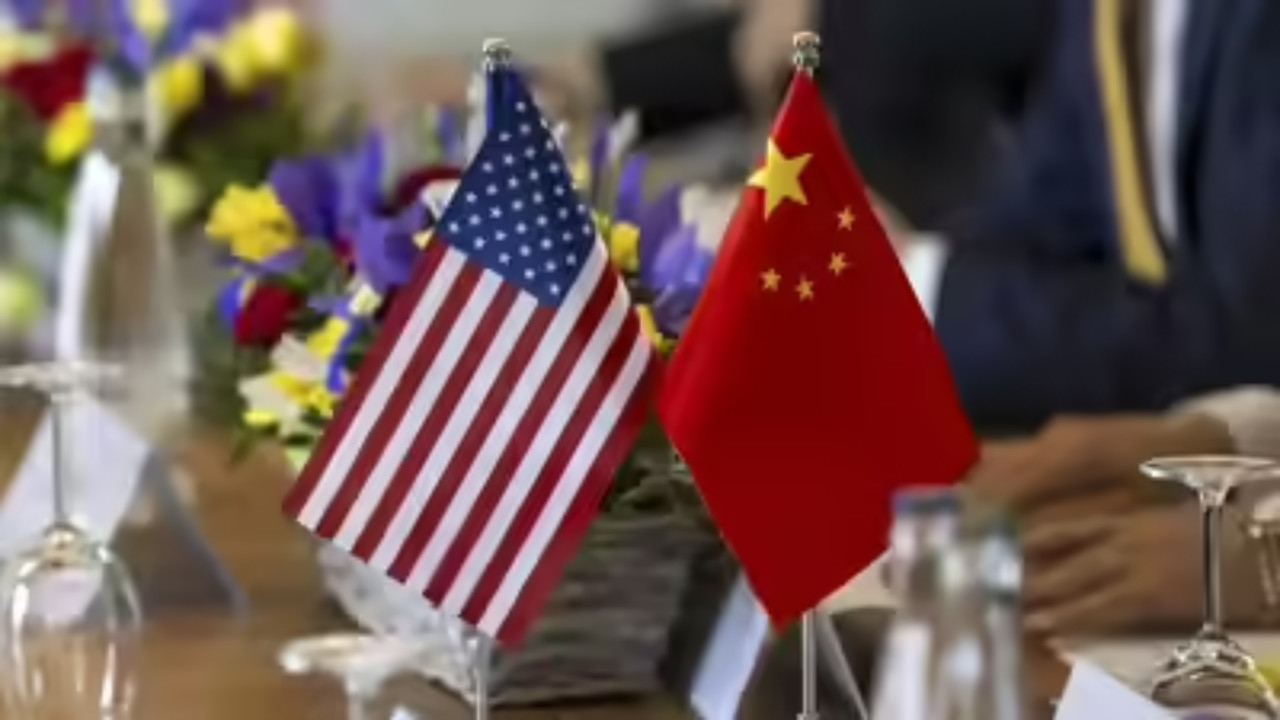The telecom PLI scheme, concluding this fiscal year, has disbursed Rs 1,162 crore to 21 of 42 eligible manufacturers by March 31, 2025. While falling short of its Rs 4,115 crore outlay, the scheme has spurred Rs 78,672 crore in sales and created 26,351 jobs. Concerns arise over unethical practices like white-labeling, impacting domestic production and scheme effectiveness.
Decoding India’s Telecom PLI Scheme: Are We Dialing the Right Number?
India’s ambitious Production Linked Incentive (PLI) scheme for the telecom sector promised to revolutionize domestic manufacturing and catapult the nation into a global telecom powerhouse. But a recent report from the Department of Telecommunications (DoT) paints a picture that’s both promising and perplexing. While the scheme has undeniably spurred some growth, it seems only half of the eligible companies have actually received incentives, raising questions about its overall effectiveness.
The numbers themselves are significant. The DoT disbursed ₹1,162 crore (approximately $140 million USD) in incentives to telecom manufacturers under the PLI scheme by the end of FY25. That’s not chump change, and it represents real investment flowing into the sector. However, the critical point is that this figure only represents about 50% of the companies deemed eligible. This begs the question: what’s holding the other half back?
Understanding the Allure of the Telecom PLI Scheme
Launched with considerable fanfare, the PLI scheme aims to incentivize companies to boost domestic production and reduce reliance on imports. For the telecom sector, this is especially crucial. India’s burgeoning digital economy demands robust and reliable telecom infrastructure, and dependence on foreign suppliers leaves us vulnerable to supply chain disruptions and geopolitical pressures. The scheme offers financial incentives based on incremental sales achieved through domestic manufacturing. It’s designed to encourage companies to invest in new technologies, expand production capacity, and ultimately, make India a hub for telecom equipment manufacturing.
The initial response was overwhelmingly positive. Major players, both domestic and international, lined up to participate. The promise of financial support, coupled with the burgeoning Indian market, created a sense of optimism. However, turning that initial enthusiasm into tangible results has proven more challenging than anticipated.
The Hurdles in the Implementation of the Telecom PLI Scheme
So, why haven’t all eligible companies received their incentives? The answer likely lies in a complex interplay of factors. Stringent eligibility criteria could be one reason. The PLI scheme is designed to reward substantial investments and significant increases in production. Companies may be struggling to meet these targets, particularly in the face of global economic headwinds and supply chain challenges.
Another potential hurdle is the bureaucratic process involved in claiming incentives. While the government has made efforts to streamline the process, navigating the paperwork and fulfilling all the requirements can still be daunting, especially for smaller companies. Furthermore, some companies might be facing financial difficulties, making it harder for them to invest in the necessary infrastructure and scale up production.

The Road Ahead: Maximizing the Impact of the PLI
The fact that half of the eligible companies are receiving incentives is a cause for celebration, but it also highlights the need for improvement. To maximize the impact of the PLI scheme, the government needs to address the challenges hindering the remaining companies.
One key step could be simplifying the application process and providing more support to companies in navigating the regulatory landscape. This could involve establishing dedicated help desks or offering training programs to assist companies in meeting the eligibility criteria.
Another crucial aspect is ensuring access to affordable financing. Many smaller companies struggle to secure the necessary capital to invest in new technologies and expand production. The government could explore options such as providing subsidized loans or offering guarantees to encourage banks to lend to these companies.
Furthermore, fostering collaboration between domestic and international companies could also be beneficial. This could involve encouraging joint ventures, technology transfers, and knowledge sharing. By leveraging the expertise of international players, Indian companies can accelerate their growth and enhance their competitiveness. And, of course, continuous monitoring and evaluation of the scheme’s performance are essential to identify any bottlenecks and make necessary adjustments.
Looking Towards the Future
The telecom PLI scheme has the potential to transform India’s telecom sector and make the country a global manufacturing hub. While the initial results are encouraging, it’s crucial to address the challenges hindering its full potential. By streamlining the application process, ensuring access to affordable financing, and fostering collaboration, the government can help more companies benefit from the scheme and accelerate the growth of the domestic telecom industry. The future of India’s telecom sector may depend on how effectively we fine-tune this critical initiative. Explore more about how India is fostering growth in related sectors, like [the electronics manufacturing industry](internal-link-to-electronics-article).
Ultimately, the success of the PLI scheme hinges on creating a supportive ecosystem that encourages innovation, investment, and growth. This requires a collaborative effort from the government, industry, and academia. By working together, we can ensure that India realizes its vision of becoming a global telecom powerhouse.







